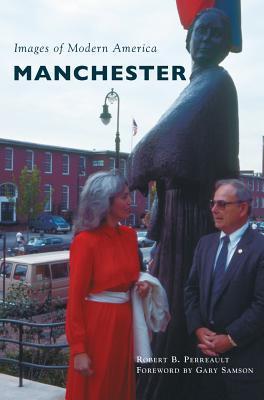Known as New Hampshire's "Queen City," Manchester could be called "Change City." Throughout its history, it has reinvented itself many times. From a Native American fishing and gathering place called Amoskeag to a Yankee colonial town known as Derryfield, it became a multiethnic industrial center, the "Manchester of America," home of the world-famous Amoskeag Manufacturing Company (1831-1936). When Amoskeag Manufacturing closed during the Depression, "the city that would not die" was reborn through more diversified industries that carried it through the post-World War II era. Several decades of urban renewal saw the demolition of many older buildings and entire neighborhoods. Lamenting the loss of Boston & Maine Railroad's Union Station and St. Mary's Bank's marble building, Manchester residents drew inspiration from the US bicentennial in 1976 to create a renaissance of interest in history and architecture, which brought about the adaptation to modern use of several remaining older structures. Yet more major losses came in 1978 and 1989 with the destruction of the State Theatre and Manchester's beloved Notre Dame Bridge.




